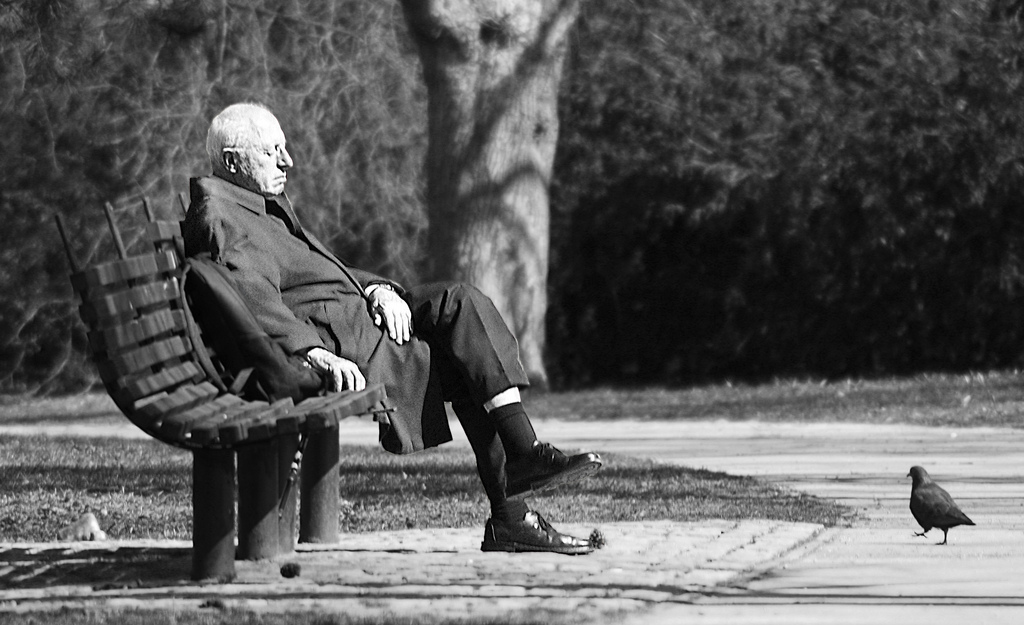
The world’s oldest man died yesterday (14/04/11). Death may seem a slightly depressing way to start the weekend, but before you think this post will only bring you down from your Friday afternoon high, consider this: the man lived for 114 years!
Born 21 September 1896,Walter Breuning has seen the world change in so many ways. As a young man he was listening to music on a phonograph cylinder something today’s iPhone listeners can’t even begin to visualise. He bought his first car in 1919, a second hand Ford for $150, which he used to drive around the streets, the dust spooking the horses which still crowded the streets. Nowadays we’re plugging cars into power sockets.
Most of you are probably thinking that Walter must have had his medicine cupboard stocked to the brim to be able to live for so long. Truth is, Walter only visited the doctor twice a year and the only medication he was taking was aspirin.
Before his death, the venerable Breuning said the reason he had managed to live for so long was that he kept working for as long as he did. From the age of 16, he worked as a railwayman until he reached 67 years old. And while he first thought it was time to retire, he ended up as the Manager and Secretary for the Freemasons Organisation’s The Shriners, a position he kept until the age of 99.
If Walter’s advice is anything to go by, Australia’s soon-to-be retirees should consider staying in employment rather than retiring if they want to live a longer and healthier life. And with lifetimes ever extending thanks to modern medicines, they may need to. But as much as many people reaching retirement age want to keep working, it is the employers who need to realise that keeping older employees rather than making way for ‘new blood’ might cost them in the long-term.
Many Australian employers still think employing older people will cost their business more in the long run. Common misconceptions include: they are more prone to health issues, don’t perform as well as their younger counterparts and have trouble adapting to changes and new technology. How wrong can one be?
Workers over the age of 55 are actually five times less likely to change jobs compared with workers aged 20-24, thereby reducing the costs associated with ongoing recruitment and training costs. Mature aged workers also deliver an average net benefit of $1,956 per year compared to the rest of the workforce as a result of increased retention and lower rates of absenteeism.
In fact, a 2006 ABS survey found that mature workers were the least likely group to take days off due to their own illness or as a carer. And when you consider that the cost of recruiting and training new staff, coupled with the higher load on existing staff, management and inevitable lost productivity, ranges between 50% to 150% of a worker’s annual salary, it’s amazing some employers are pushing older people out of the workforce.
People aged between 55 and 64 are also the fastest growing users of information technology. And if we consider the OECD’s Live Longer, Work Longer study which found that verbal skills, communication and intelligence remain unchanged as a person ages, why are effective, highly experienced people being ruled out based on their age?
Maybe older people, employers and the government can all take a leaf out of Walter’s Breuning book. People who choose to stay in employment, and are made to feel welcome by their employers, will be productive, healthy and happy and that sounds like recipe for a strong economy.
Ellis Jones specialises in developing creative and effective marketing and communications campaigns for the health and ageing sector and companies seeking advice on how to engage an older workforce.
One of Walter’s last video appearances >>

